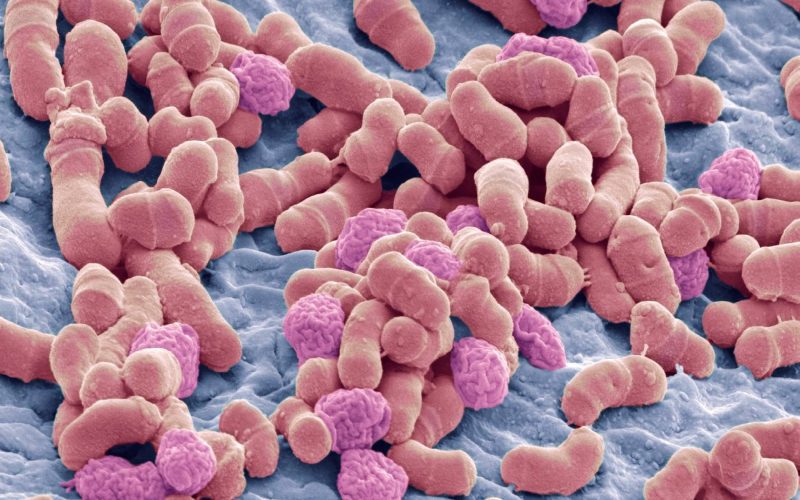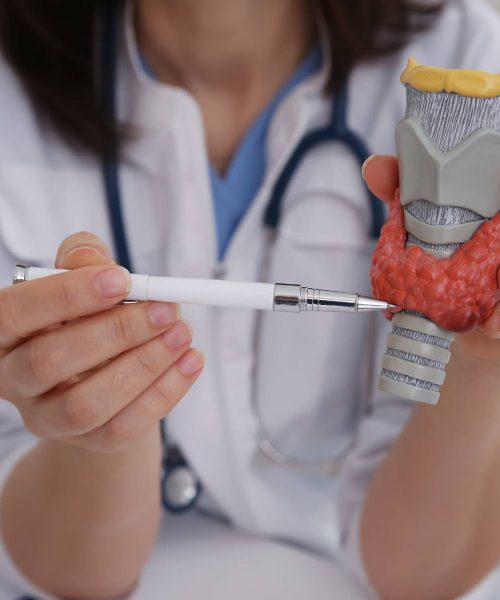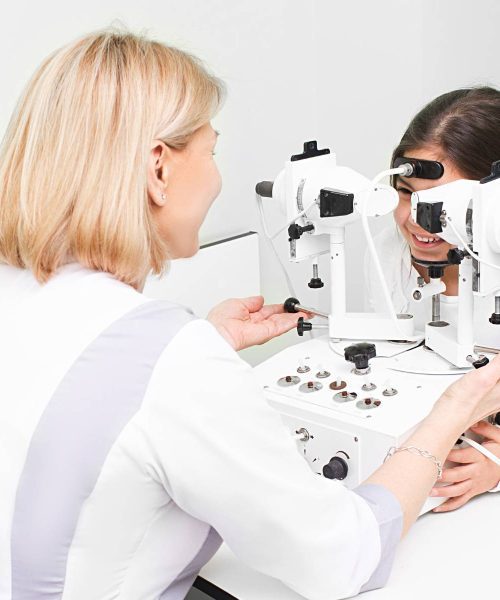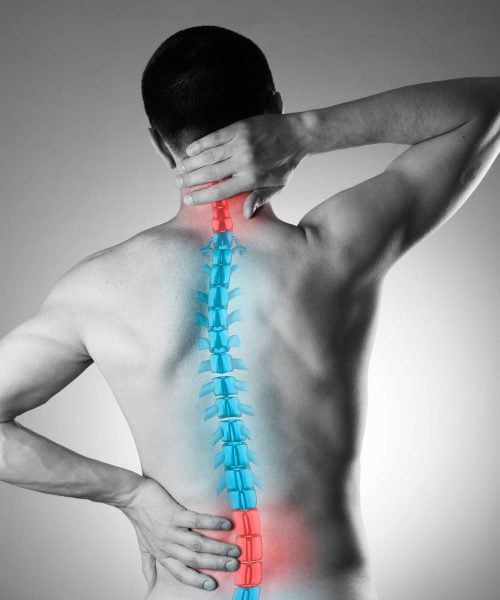Yeast infections are a common term that many people have heard of, but not everyone fully understands what they entail. Yeast refers to a fungal micro-organism that has been utilized by humans for centuries to make bread rise and ferment beverages like beer. Interestingly, yeasts can be found in various environments, including the natural micro-organisms that reside between our toes! These micro-organisms have the potential to infect different parts of the body, such as the oral cavity, esophagus, gastrointestinal tract, bladder, vagina, and penis. While yeast infections can affect both men and women, it is most commonly associated with women. In this article, we will explore the causes, prevention methods, symptoms, and treatment options for yeast infections.
Causes of Yeast Infections
Yeast cells have been discovered in the vaginas of seemingly healthy women without causing any infection symptoms. However, susceptibility to yeast infections can be attributed to several factors. External irritants, such as detergents, scented toilet paper, douches, and prolonged use of wet swimwear, can contribute to the development of yeast infections. Internal disturbances, such as antibiotic use, engaging in vaginal sex after anal sex without proper cleansing, and potentially oral contraceptive usage, have also been linked to an increased risk of yeast infections. Additionally, individuals with compromised immune systems due to conditions like HIV/AIDS, cancer treatments, and mononucleosis are more susceptible. The use of steroids, high levels of stress, or nutrient deficiencies have also been associated with a higher risk of yeast infections.
Prevention Methods
Preventing yeast infections involves adopting certain lifestyle habits and practices. Maintaining a well-balanced diet that includes whole grains, fruits, vegetables, and low-fat dairy products is crucial. It is important to keep the vaginal area clean by washing it with mild soap and water. Special non-soap vaginal cleansers are available at pharmacies, which effectively cleanse vaginal tissue without causing irritation. Allowing the vaginal area to remain dry and wearing non-constricting underwear can also promote a healthy environment by allowing the area to breathe. Additionally, it is advisable to avoid using scented toilet paper.
Recognizing Symptoms
Symptoms of a vaginal yeast infection primarily manifest as vaginal irritation, including itching, soreness, burning, and general discomfort in the vaginal tissues. Some patients may also experience a whitish or whitish-gray lumpy discharge. While these infections can be easily treated, leaving them untreated can lead to complications, especially for certain segments of the population. If you notice a combination of high fever, lower abdominal pain, and abnormal vaginal discharge, it is crucial to contact your doctor immediately.
Treatment Options
Treating a vaginal yeast infection typically involves various options. It can range from a single oral dose of an anti-fungal agent to topical medications in the form of vaginal suppositories or douches. The choice of treatment depends on the severity of the infection and the individual’s specific circumstances. Consulting with a healthcare professional is essential to determine the most appropriate course of action.
Conclusion
In conclusion, yeast infections are both preventable and easily treatable. By paying attention to your body and adopting healthy habits, you can effectively manage and cure yeast infections. Remember to maintain a balanced diet, keep the vaginal area clean and dry, and seek medical advice if symptoms persist. Taking these proactive steps will help you maintain optimal vaginal health and prevent the recurrence of yeast infections.







